Wheat flowers color is very subtle, and you could be forgiven for thinking it has no color at all.
However, wheat is classed as light yellow and there are a plethora of plants and flowers in nature that resemble the color of wheat.
Yellow flowers are special because they create feelings of happiness and excitement. It’s the color of sunshine and improves mood, energy, and creativity.
So let’s consider some popular yellow plants you can grow in your garden or try to identify when out and about.
1. Zinnia
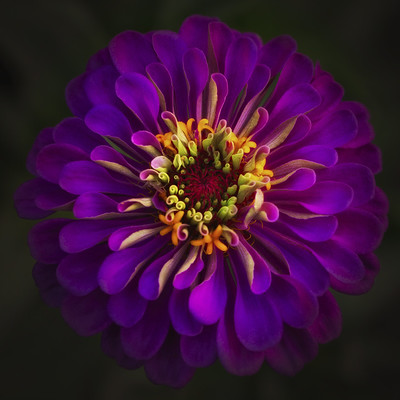
Zinnias are half-hardy annuals and offer long-lasting blooms. The light yellow varieties are perfect for brightening up dark areas of the garden and are easy to grow from seed. It’s best to plant them directly into the ground where you want them to stay, as once they start developing roots they don’t like being disturbed.
Young plants will need regular watering but don’t overwater. Once they are mature, they are quite drought tolerant. When cared for correctly, Zinnias offer long term color to the flower garden, remember to clip back the plants for a more abundant display.
2. Waterlilies
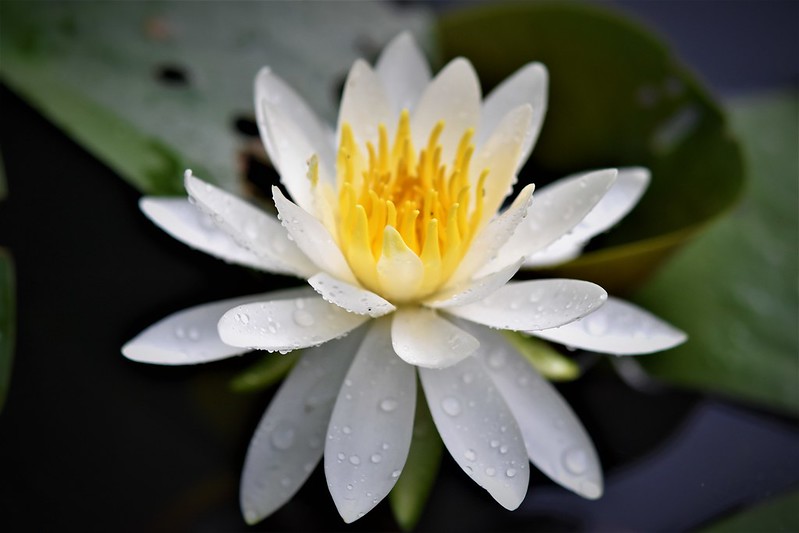
These water-loving plants are a gorgeous option for garden ponds and look attractive with their light yellow hue.
They are hardy plants, meaning they will thrive anywhere as long as they stay in the water. Not only do they take on a magical feel, but water lilies keep ponds healthy and provide shelter to fish by helping prevent the growth of algae.
If you don’t have a pond and still want to grow water lilies, then you can fill up a big tank with water and they will thrive. Hardy lilies are easy to plant and grow, they simply blossom in the morning and close up when the sun sets.
They flower between springtime and Autumn and lay dormant in the winter. They can stay in water over the winter or be stored away in a garage or shed.
3. Sunflowers
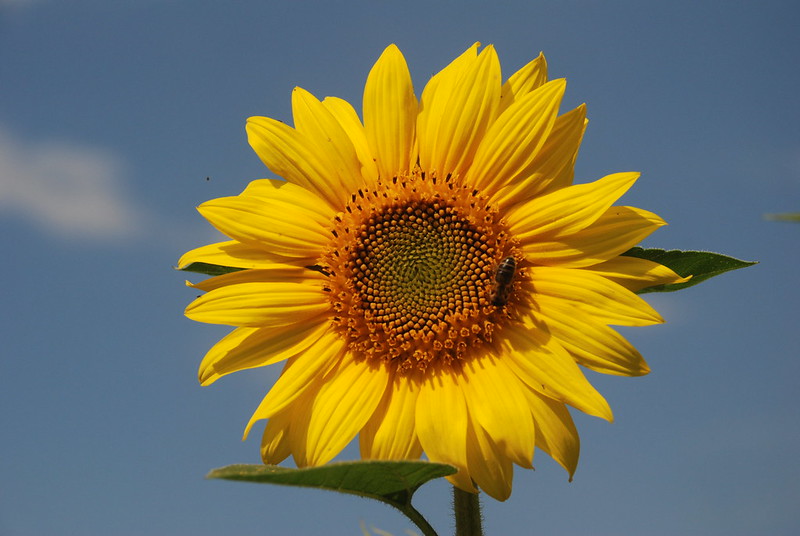
Sunflowers are popular plants to grow as they are super easy and produce tall, attention-grabbing blooms. They are synonymous with happiness, and it’s hard not to smile when faced with one of these happy plants.
Sunflowers are annuals and bloom from mid-summer through to early autumn. Sunflowers are known as heliotropic flowers as they turn their heads to face the sun. As sun-loving flowers, it’s best to plant them directly into the ground in a sunny spot once the spring frost has disappeared.
It’s best not to transplant them once they are established, as they dislike this and may not thrive at all. You should plant them in areas with well-draining soil that’s slightly acidic.
To get the best of your sunflowers, add lots of rich organic compost as they tend to feed a lot. Alternatively, you can add slow-release fertilizer that also works well.
4. Snapdragons
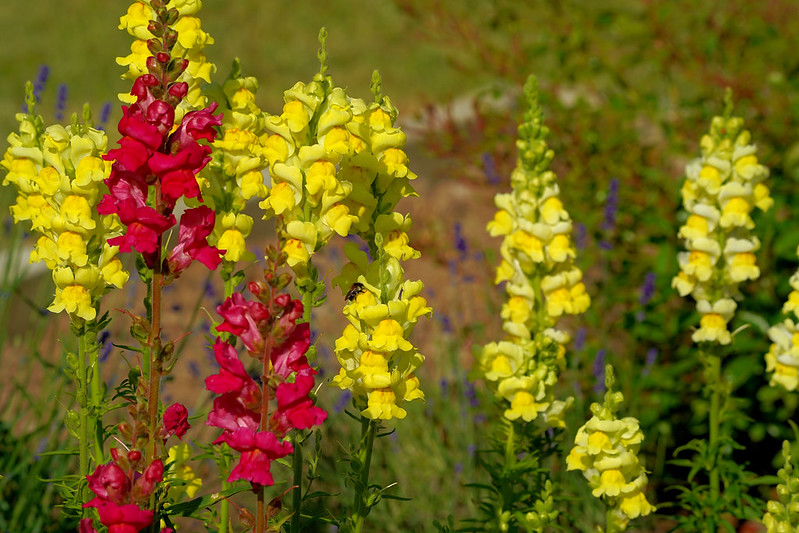
Snapdragons are perennials or annuals. They are beautiful little flowers and look great in beds and borders. They also make lovely displays in containers and hanging baskets. Furthermore, they are really easy to grow and are a favorite for small children as they attract bees and wildlife.
In addition, they have a nice long flowering period, producing displays from June right through to October. They also make pleasant cut flowers and can live for a week in freshwater.
You can plant snapdragons in well-draining, fertile soil, and they prefer full sun. They do well in beds and borders as well as containers.
5. Primroses
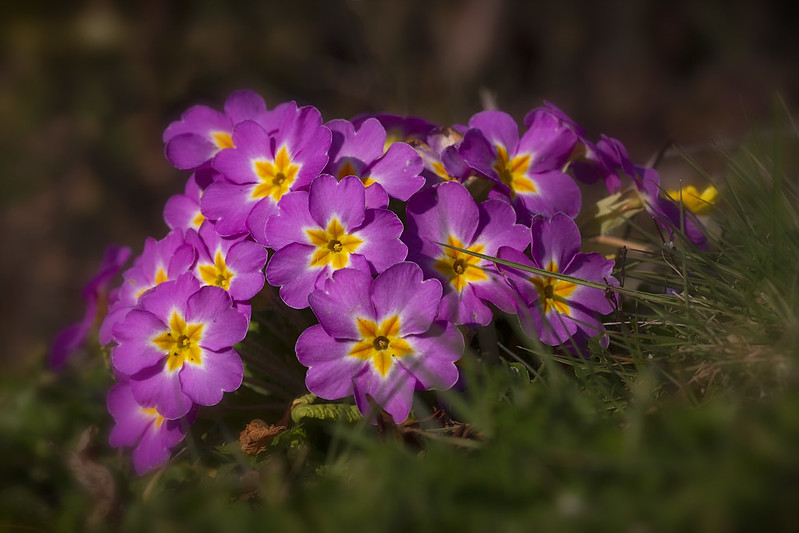
Primroses add a touch of sunshine to your garden. They are native to woodland and meadow areas and look beautiful in a wildlife setting. They offer clusters of flowers at the base of a rosette of leaves.
Primroses love humid and mild conditions and don’t tolerate extreme temperatures. Partial shade is the ideal growing condition to protect them from the heat of the afternoon sun. Their gorgeous yellow color should stand out in a flower bed or container when planted at the front.
Primroses prefer moist, well-draining soil that’s enriched with organic compost. Fertilizer helps them thrive and should be added during the spring or early summer. Be aware that primroses are sometimes affected by various diseases and pests.
6. Lesser Celandine
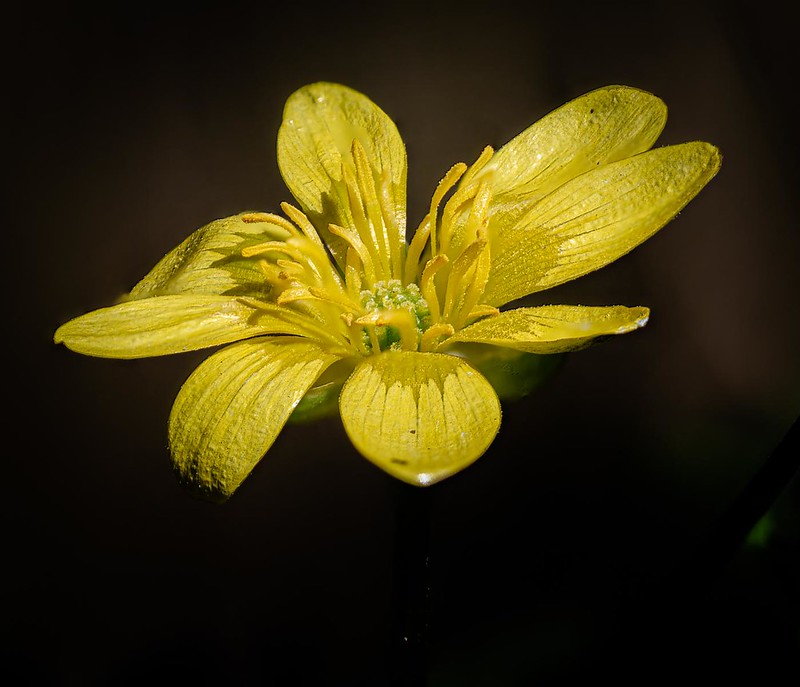
This charming flower belongs to the buttercup family and is a low growing perennial herb. It is typically found in grassland or woodland. It produces star-shaped wheat-colored flowers and has breathtaking dark green leaves.
Lesser Celandine flowers start to appear after winter and are usually in full bloom between January and April. These flowers are important in nature as they provide sweet nectar for bumblebees as they come out of hibernation.
It can be difficult to control lesser Celandine so isn’t a popular choice to grow in gardens, so it’s best enjoyed when strolling around the country in late winter early spring.
7. Goldenrod
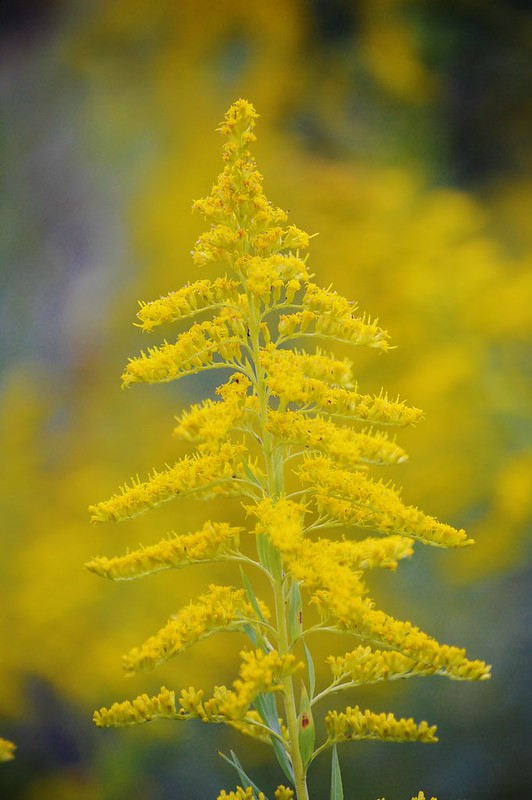
Goldenrods are herbaceous perennials and found as wildflowers in open, sunny areas such as meadows. They pop up in an impressive display during early spring and fluffy wheat colored flowers. Some gardeners consider it a weed, whilst others love it and consider it crucial in attracting insects and butterflies.
Growing goldenrod is easy, and it will survive almost anywhere it is planted. It prefers to be in full sun and can tolerate any type of soil as long as it drains well. Once established there is no maintenance required, and it will come back faithfully year after year to show off its glorious blooms.
8. Gerbera Daisy
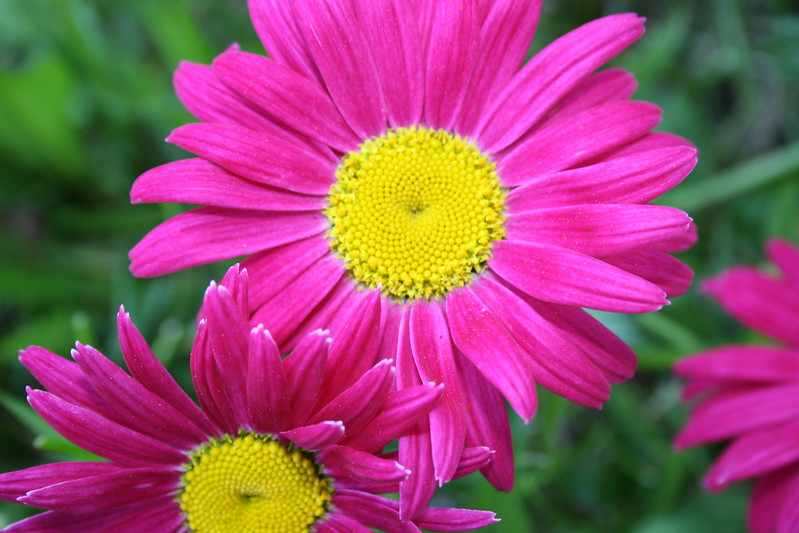
The gerbera daisy is recognized worldwide and super popular. Native to South Africa they are available in a variety of colors including wheat, this humble flower is grown the world over for its cheerful and bright blooms.
Adding gerberas to the garden will make it stand out, and they are pretty easy to grow either from seed, seedlings or dividing up established plants. They thrive in a full sun position with sandy soil, and it’s important to add a propagation mix that is well-draining.
In addition, it’s good to bear in mind that they are susceptible to fungal issues, so ensure that you adhere to correct planting and watering for your specific variety.
9. Dutch Hyacinth
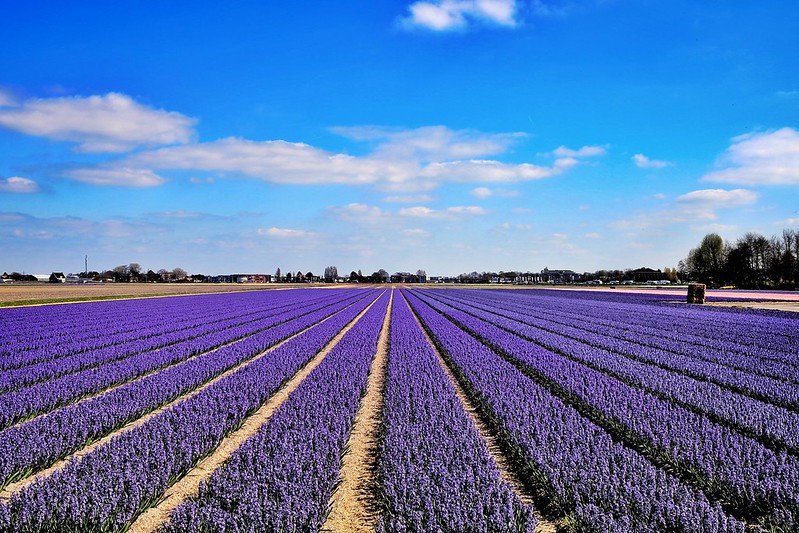
These light yellow flowering plants add some warmth and brightness to the winter, even when not in flower. The stem spikes fill with densely covered flowers that are extremely fragrant. They exist above bright dark green leaves and bloom for around 2-3 weeks in mid-spring.
The Dutch hyacinth is a popular choice in gardens due to its intense smell and works well when placed in areas near seating or walkways where the fragrance can be enjoyed by those nearby. They thrive in moist, well-drained soil and likes full sun or partial shade. Planted in groups, these plants make a huge statement and look gorgeous in beds, borders, rock gardens or walkways.
10. Carolina Jasmine
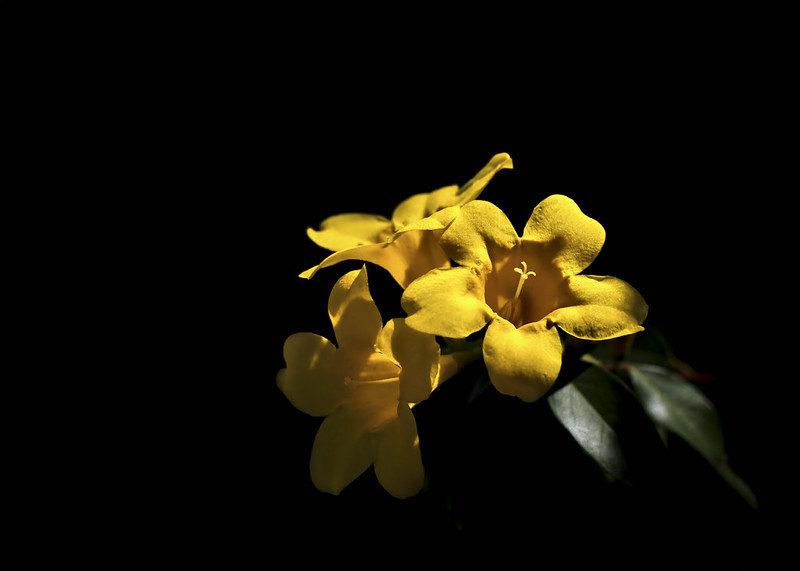
This species of jasmine is native to South and Central America. It produces bell-shaped yellow flowers and put on a dramatic show each spring. It’s classed as an evergreen vine and will climb up and over anything in its way. Furthermore, it’s super hardy and gives off a glorious floral aroma.
The jasmine is easily started by seed and should be planted on the location it will stay. It should be placed along a fence or wall or can be used as ground cover. It tolerates shade quite well but will produce more blooms if placed in full shade.
Furthermore, it is pretty drought tolerant but grows better when watered regularly during the summer. Bear in mind that this jasmine needs a good prune during the spring and will become top-heavy as left to its own devices.
11. Busy Lizzy
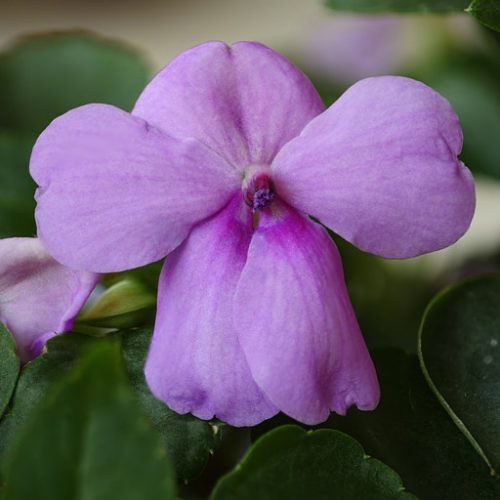
Busy Lizzies are popular annual bedding plants. They are a favourite in gardens as they produce long-lasting blooms throughout summer and autumn.
The plants can’t survive the cold, so are best enjoyed throughout summer and then discarded. Alternatively, you could move them to a warm, bright area to encourage winter blooms.
Growing busy lizzies from seed can be tricky, so they are best purchased as plug plants and planted when the frost has passed.
They should be placed in full sun anywhere you like. Add some peat-free compost for best results. Furthermore, you should make sure the plants don’t get waterlogged and clear away dead flowers to reduce the risk of grey mould developing.
12. Begonias
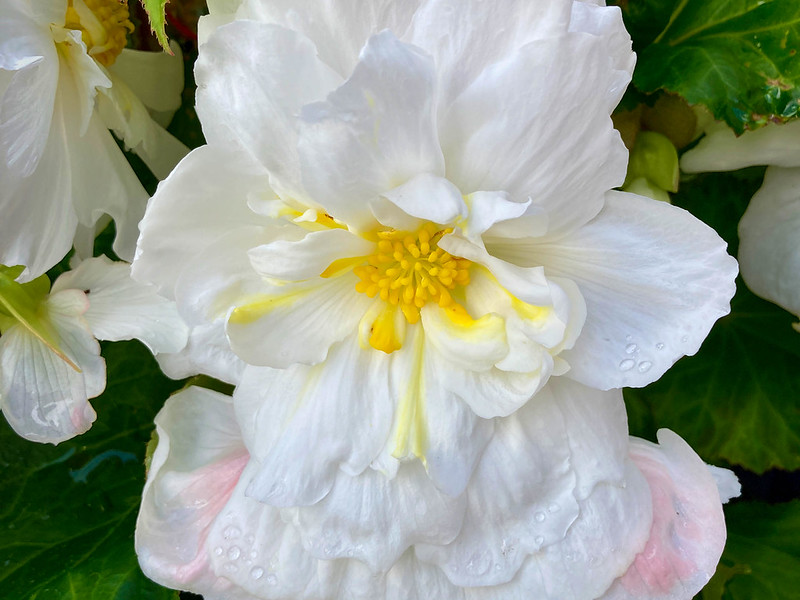
Begonias are commonly found in a red color but also have an elegant wheat/yellow variety. They are annual plants and although challenging at first they are fairly easy to grow. The biggest advantage of begonias is that they are fast-growing, so perfect for the impatient gardener.
They are perfect for filling gaps in the garden or acting as a focal point when planting lots together. The blooms are frilly and foliage stylish and attractive.
Begonias enjoy full sun, but if you live in an exceptionally hot area plant them where they will get some shade in the afternoon. If you want to keep your begonias throughout the winter you can take them indoors, place them somewhere light and enjoy blooms to brighten up the dark days.
Flowers make us happy. So be sure to include them in your life wherever you can.
Editor’s Recommendations
27 Stunning Violet Flowers (Including Pictures)







